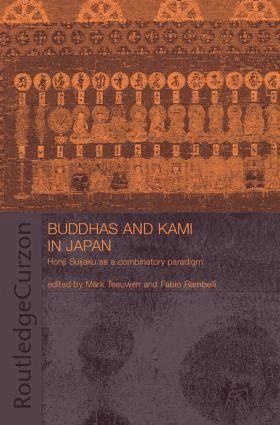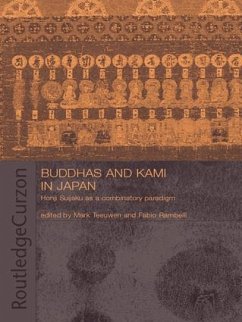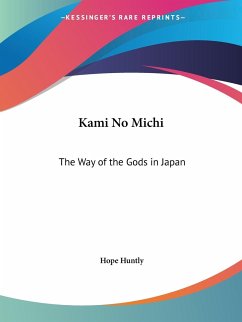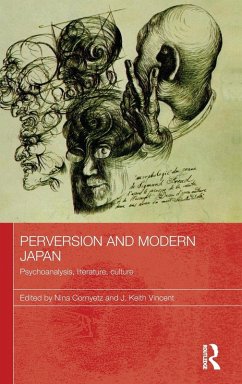
Buddhas and Kami in Japan
Honji Suijaku as a Combinatory Paradigm
Herausgeber: Rambelli, Fabio; Teeuwen, Mark
Versandkostenfrei!
Versandfertig in 1-2 Wochen
169,99 €
inkl. MwSt.
Weitere Ausgaben:

PAYBACK Punkte
85 °P sammeln!
This volume offers a multidisciplinary approach to the combinatory tradition that dominated premodern and early modern Japanese religion, known as honji suijaku (originals and their traces).














